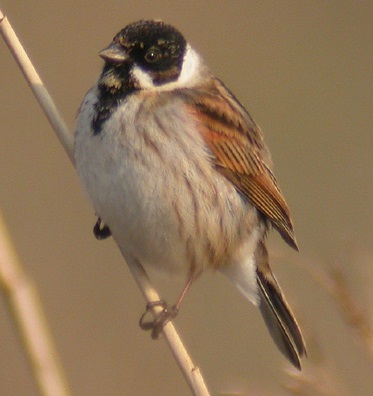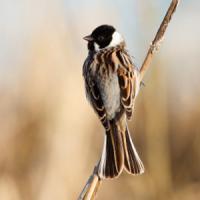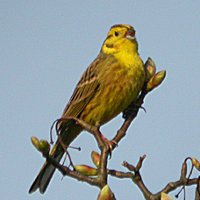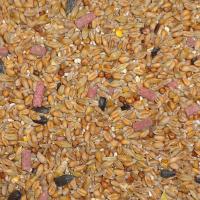- Home
- FAQs
- Customer Video Gallery
- Customer Photo Gallery
- Bird Facts
- Bird Food Blog
- Bird Information
- Feeding Advice
- Small Animal Information
- A to Z of Guinea Pigs
- A to Z of Hamsters
- A to Z of Rabbits
- Basic Care for Guinea Pigs
- Basic Care for Hamsters
- Basic Care for Rabbits
- Basic care for Chinchillas
- Basic care for Ferrets
- Basic care for Gerbils
- Basic care for Mice
- Basic care for Rats
- Buying a Healthy Small Animal
- Does your Reptile need a Licence
- Equipment for Ferrets
- Equipment for Hamsters
- Equipment for Mice
- Equipment for your Chinchilla
- Equipment for your Gerbil
- Equipment for your Guinea Pig
- Equipment for your Rabbit
- Keeping a House Rabbit
- Dog Information
- Cat Information
- Customer Information
- Fat Balls
- Suet Pellets
- Straights
- Seed Mixes
- Suet Treats
- Mealworms
- Bird Feeders
- My Account

| Scientific Name | Emberiza schoeniclus |
| Breeding | April-May |
| Fledge Days | 10-13 |
| Incubation Days | 12-14 |
| Lifespan | 3 years |
| Number of Clutches | 2-3 |
| Number of Eggs | 4-7 |
| Size | 15-16cm |
| Weight | 21g |
| Wingspan | 21-25cm |
Bird Family : Buntings
Reed Bunting Facts - Information About Reed Bunting
Reed bunting - Emberiza Schoeniclus
The Reed Bunting is a common breeding resident, it occurs in many habitats, from reed beds, marshlands and lakeside shrubs to arable farmland and gardens. The Reed Bunting is one of six Bunting species that breed in the UK, however three of these are far more localised.
Identification:
Adult
- Adult males and females have slightly different plumage, head pattern is the main difference.
- Reed Buntings are medium sized Buntings and measure in at about 15cms.
Male
- Tail is longish, dark brown with white outer tail feathers, rump is grey, streaked with some streaking, back is dark chestnut with straw coloured braces.
- Wings are chestnut with darker centres to the feathers.
- The most obvious feature of the Reed Bunting is the black head with a broad white collar, white moustachial stripe and large black bib.
- Underparts are greyish white with streaking down the flanks.
Female
- Female Reed Buntings lack all the black head and bib of the male and instead show a dark brown head with paler eyebrow, pale throat and white moustachial stripe.
- The collar is grey/brown.
- Upperparts similar to male but rump is brown/streaked.
- Underparts are pale greyish buff and heavily streaked.
- Bill black, legs dark and eye black.
Juvenile
- Juveniles appear from late April onwards and look very similar to adult females, head pattern not as dark and generally browner, more buffy overall.
Status and Distribution
The Reed Bunting is a very abundant breeding resident in the UK with 200,000 pairs. It occurs in all counties throughout the UK and Ireland.
In winter numbers increase as migrants come to the UK from Continental Europe to escape their cold winters, migrants start to arrive in October to winter in our less severe climate.
Habitat/Food
Reed Buntings tend to feed on the ground but will visit Bird Tables and Feeders, they occur in all habitat types throughout the UK, woodlands, parks, gardens, farmland, hedgerows and towns but favour wet habitats
If you can coax them into the garden they will happily take Seed Mixes from the ground or Bird Table.
Song/Call
Call notes; most often is a soft buzzing descending ‘shioo’ also a short sharp ‘see’ often repeated.
The following food is favoured by Reed Bunting











